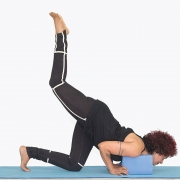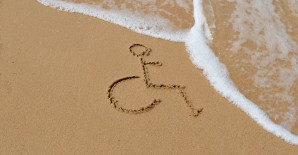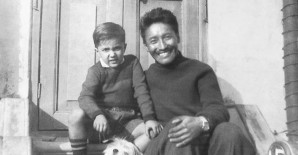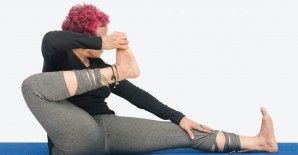
Columns
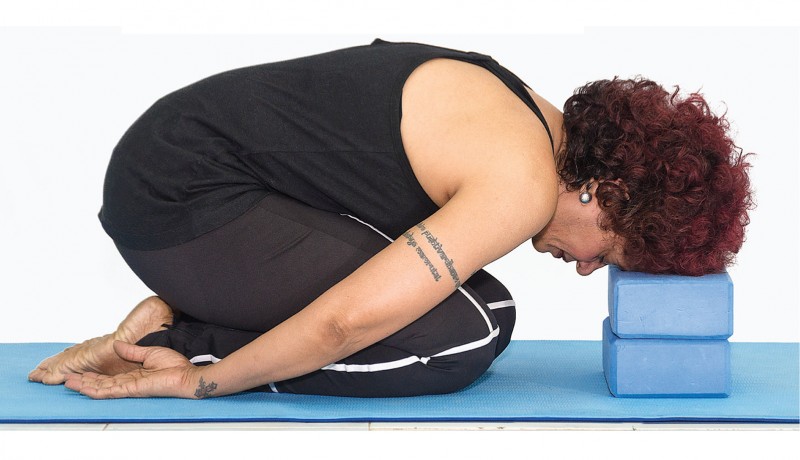
Shameem Akthar shows how yoga blocks can be used for a variety of poses
The yoga block is possibly the most well known and popular prop. It is used by all levels of practitioners and for any number of poses. However, advanced students stop using it once the initial inhibition in a new pose is gone.
Blocks come in many materials and sizes. Common materials are hard foam or wood. And while the standard size is popular with everyone, thinner and smaller blocks or even slightly larger ones are also used. Foam blocks are softer on your body. For instance, if you do an arm balance with foam blocks, it is less hard on your palms. However, because foam is soft, it creates an instability that is tough on the wrists. I personally prefer wooden blocks for their solid steadiness. But falling on them can be hard. So, it is matter of individual orientation.
Blocks can be used in any pose where flexibility or strength is still a work in progress. For instance, in the child pose (balasana), you can place one at the forehead till your back or hips allow you full range. In strength poses like the swing pose (jhulasana), it helps by giving you a lift away from the drag of gravity. However, in most cases, my advice is not to get attached to its use in any pose—be prepared to wean yourself from it. Though it is very versatile and can be used in any pose, some ideal ones are standing forward bends, seated forward bends, many arm balancers, cross-legged poses to relieve pain at legs, and prolonged meditation or pranayama (breathing) exercises.
YOGIC MOVES
Child pose (balasana)
Sit on your knees. Keep the block where your forehead will land if you touch the ground with it. Pass arms alongside the body. Relax your neck. Hold for 30 seconds initially; increase duration over a few weeks. Sit up to end the pose. Do a gentle backbend, like the cat stretch (marjariasana) as a counter pose. Avoid in extreme cases of lower back pain, knee problems or high blood pressure.
Benefits: This pose calms the brain and mind. It is a powerful stress-buster that controls anger. It makes your face youthful, relieves digestive problems, and presses on major acupressure points to relieve water retention.
KREEDA YOGA
Keep it high
(ucchvasena gola dharanam)
Split up the group into teams and keep balloons ready—as many balloons as there are teams. Each group must try to keep its balloon in the air by tapping it lightly and ensuring it does not fall down. If it floats down, that group is out. The group that manages to keep the balloon in the air till the end wins.
Benefits: This game improves cognitive skills, dexterity and focus and cultivates team spirit.
Shameem Akthar is a Mumbai-based yoga acharya. If you have any queries for her, mail us or email at contact.us@harmonyindia.org. (Please consult your physician before following the advice given here)
Photos: Haresh Patel Featured in Harmony — Celebrate Age Magazine December 2017
you may also like to read
-
Mental workout
Mukul Sharma tells you how to keep those grey cells ticking Everyone will ultimately lose his or her brain….
-
Helpline
Dr Harshbir Rana answers your queries on personal and social issues related to ageing, elder care and intergenerational relationships ….
-
Off the cuff
Raju Mukherji pays tribute to his first hero, Tenzing Norgay, an exemplary mountaineer Darjeeling, 1955. Dr ‘Pahari’ Guha Mazumdar….
-
Yoga RX
Shameem Akthar shows ways to control debilitating ankle pain through regular practice Ankle pain is so common and prevalent….



